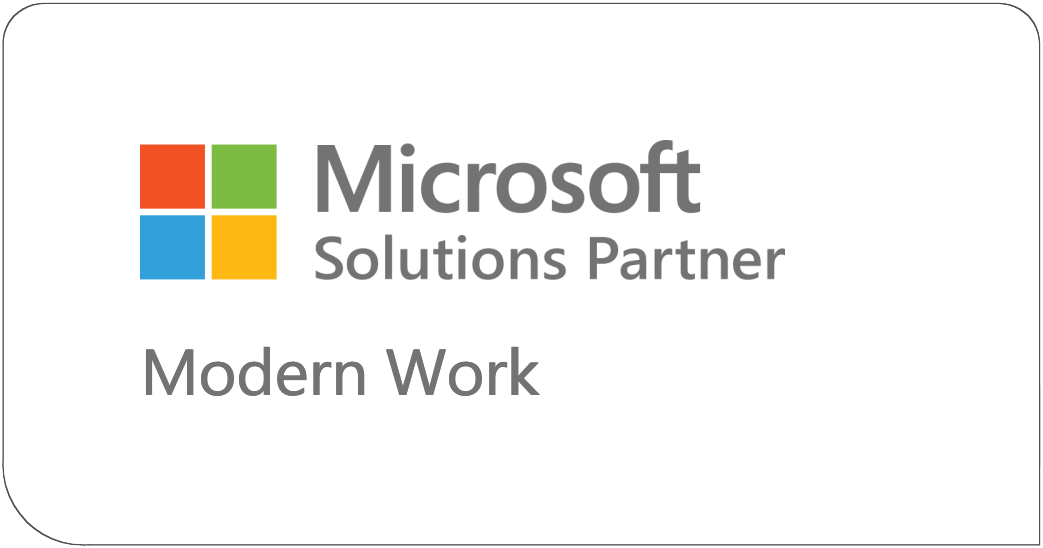
Navigating the VMware Landscape
Broadcom’s Acquisition and the Shift to Subscription Licensing
Virtualization technology has been a cornerstone of the modern IT infrastructure, empowering organizations to optimize resources, streamline operations, and drive innovation. Among the pioneers in this space is VMware, a company renowned for its virtualization software and cloud computing technologies. However, recent developments, including Broadcom’s acquisition of VMware and the transition to a subscription-based licensing model, are reshaping the landscape for VMware customers. In this post, we’ll delve deeper into the implications of these changes and explore Microsoft Hyper-V as a compelling alternative for organizations seeking greater flexibility and cost-effectiveness.
In recent years, VMware has undergone significant changes, including its acquisition by Broadcom, a global technology company known for its semiconductor and infrastructure software solutions. Broadcom’s acquisition of VMware has brought about several changes, including a shift away from perpetual licensing in favor of a subscription-based model. This change has raised concerns among VMware customers, who may be grappling with the implications of moving from a one-time licensing fee to recurring subscription payments.
The transition to a subscription-based licensing model represents a departure from the traditional licensing model, where customers purchase perpetual licenses with optional maintenance and support agreements. With subscription licensing, customers pay recurring fees for access to software and services, potentially leading to increased costs over time. Additionally, the shift to a subscription model may require organizations to adapt their budgeting and procurement processes to accommodate ongoing expenses.




Microsoft Hyper-V as a Viable Alternative to VMware
Amidst these changes, Microsoft Hyper-V emerges as a compelling alternative for organizations seeking greater flexibility and cost-effectiveness in their virtualization deployments. Hyper-V, Microsoft’s hypervisor-based virtualization platform, offers a range of features and capabilities that rival those of VMware vSphere, including live migration, high availability, and integration with the Microsoft ecosystem.
Microsoft Hyper-V is a hypervisor-based virtualization platform that enables organizations to create and manage virtualized computing environments. Initially released in 2008, Hyper-V has evolved significantly, offering robust features and capabilities to meet the dynamic needs of modern businesses.
One of the standout advantages of Hyper-V is its seamless integration with other Microsoft technologies. For organizations already utilizing Microsoft products such as Windows Server, Active Directory, and System Center, Hyper-V provides a natural extension of their existing infrastructure. This integration simplifies deployment, management, and maintenance, resulting in a cohesive ecosystem that fosters productivity and agility.
Hyper-V offers cost-efficiency by maximizing hardware utilization through virtualization. By consolidating multiple virtual machines (VMs) onto a single physical server, organizations can reduce hardware costs, optimize resource utilization, and achieve significant savings on power consumption and maintenance. Moreover, Hyper-V’s scalability allows organizations to easily scale their virtualized environments according to evolving business demands, ensuring flexibility and agility without incurring excessive expenses.
Security is paramount in today’s digital landscape, and Hyper-V offers robust security features to safeguard virtualized environments. With features such as Shielded VMs, Host Guardian Service, and BitLocker encryption, Hyper-V provides layers of protection against unauthorized access, data breaches, and malicious attacks. Additionally, Hyper-V’s high availability and fault tolerance capabilities ensure business continuity by minimizing downtime and reducing the risk of system failures.
Hyper-V leverages advanced technologies such as Dynamic Memory and Virtual Machine Queue (VMQ) to optimize performance and resource allocation. Dynamic Memory dynamically adjusts memory allocation to VMs based on workload demands, ensuring optimal performance without unnecessary resource wastage. VMQ improves network performance by offloading packet processing tasks to the network interface card (NIC), reducing CPU overhead and latency.
Hyper-V simplifies management and automation through intuitive tools such as Hyper-V Manager, PowerShell, and System Center Virtual Machine Manager (SCVMM). These tools empower administrators to efficiently provision, configure, monitor, and manage virtualized environments, streamlining operations and reducing administrative overhead. Furthermore, Hyper-V’s compatibility with Microsoft Azure enables seamless hybrid cloud integration, facilitating workload migration and disaster recovery strategies.
As a Microsoft Solutions Partner, Oakwood is committed to supporting organizations in their migration journey from VMware to Hyper-V. Our comprehensive services include:
- Assessment and Planning: Our Team will conduct thorough assessments of existing VMware environments and develop tailored migration plans to ensure a seamless transition to Hyper-V, taking into account the unique needs and requirements of each organization.
- Migration Tools and Support: We provide robust migration tools and expert support services to facilitate the migration process, minimizing downtime and disruption to business operations. Our team of certified professionals ensures a smooth and efficient migration experience from start to finish.
- Training and Education: We offer training and educational resources to IT teams, empowering them to leverage Hyper-V’s capabilities effectively and maximize the value of their virtualization investments. Our customized training programs cater to users of all skill levels, ensuring a smooth transition to Hyper-V.
- Ongoing Support and Maintenance: We offer ongoing support and maintenance services to ensure the continued success and performance of Hyper-V environments, providing proactive monitoring, troubleshooting, and optimization to maximize efficiency and reliability.
In Conclusion…
As VMware customers navigate the changes brought about by Broadcom’s acquisition and the transition to a subscription-based licensing model, Microsoft Hyper-V emerges as a compelling alternative for organizations seeking greater flexibility, cost-effectiveness, and integration with the Microsoft ecosystem. As a Microsoft Solutions Partner, we are dedicated to supporting organizations in their migration journey, offering expertise, resources, and services to ensure a successful transition to Hyper-V. Contact us today to learn more about how we can help you navigate the evolving virtualization landscape and achieve your business objectives.



